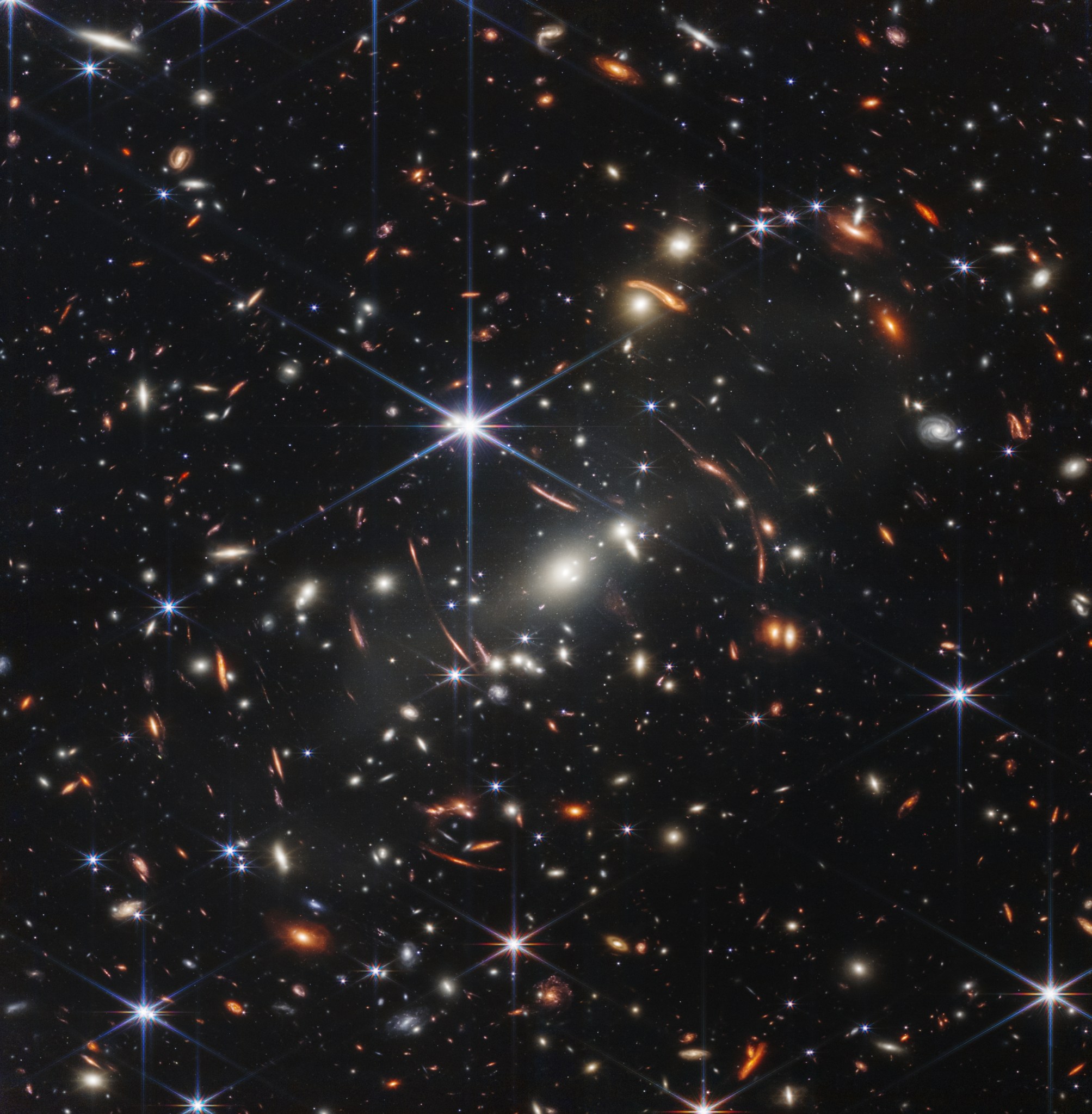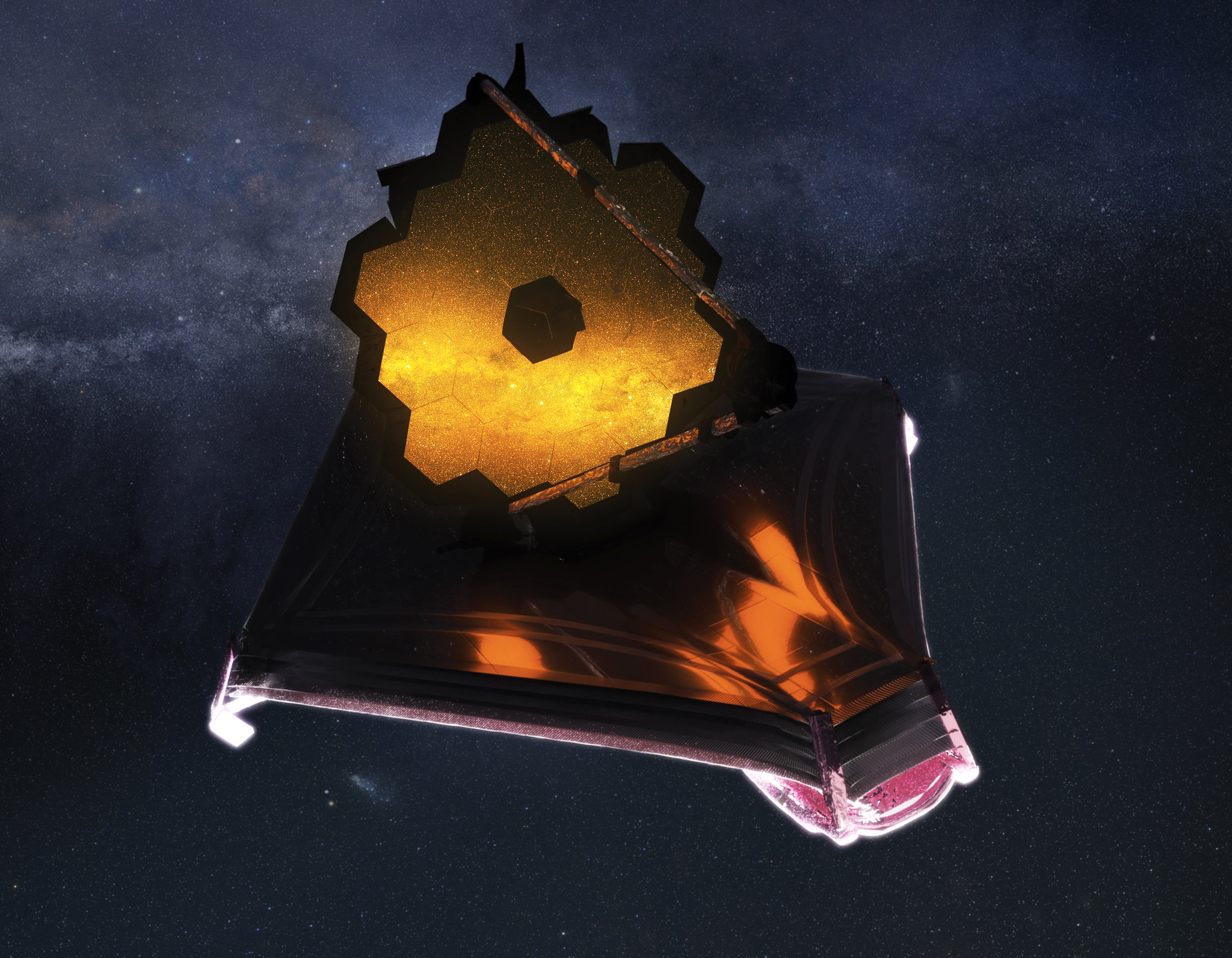NASA’s James Webb Space Telescope was named a Popular Science 2022 “The Best of What’s New Award” winner in the Aerospace category.
“Each of us on the team dedicated a part of our lives to building the James Webb Space Telescope to open the next door of exploration for humankind,” said Julie Van Campen, Webb Integrated Science Instrument Module (ISIM) systems engineer, deputy commissioning manager at NASA’s Goddard Space Flight Center in Greenbelt, Maryland. “The public’s enthusiasm for both the engineering and science has been incredible and rewarding. Receiving this award is a tribute to all who contributed to its success.”
Webb is an infrared observatory that will complement and extend the discoveries of the Hubble Space Telescope, with longer wavelength coverage and greatly improved sensitivity. Webb is a unique mission with ambitious science goals, which required the development of several innovative and powerful new technologies ranging from optics to detectors to thermal control systems. Webb is an international program led by NASA with its partners, ESA (European Space Agency) and CSA (Canadian Space Agency).
Launched Dec. 25, 2021, from French Guiana, the Webb telescope is already providing new views of the universe and uncovering secrets that were previously inaccessible. Webb has seen early galaxies and peered through dusty clouds to see stars forming, such as in the Pillars of Creation. Webb has also provided new imagery of exoplanets and planets in our own solar system.

See more of Webb’s first images.
Since 1988, the editors of Popular Science have conducted an annual review of thousands of products in search of the top 100 innovations—breakthrough products and technologies in 10 categories. Best of What’s New Awards are presented to the products and technologies that represent significant advancements in each of these 10 categories.
“The Best of What’s New Awards are our way of celebrating the most exciting and groundbreaking innovations of the year,” said Popular Science Technology Editor Rob Verger. “These awards highlight the revolutionary inventions that are helping to improve our daily lives, our society, and our planet.”
The James Webb Space Telescope is the world’s premier space science observatory. Webb’s design pushed the boundaries of space telescope capabilities to solve mysteries in our solar system, look beyond to distant worlds around other stars, and probe the mysterious structures and origins of our universe and our place in it. The Best of What’s New Award recognizes the tremendous contribution that Webb is to both space telescope technologies and to infrared astronomy.
NASA Headquarters, Washington oversees the Webb telescope mission. NASA Goddard manages Webb for the agency and oversees work on the mission performed by the Space Telescope Science Institute, Northrop Grumman, and other mission partners. In addition to Goddard, several NASA centers contributed to the project, including the agency’s Johnson Space Center in Houston, Jet Propulsion Laboratory in southern California, Marshall Space Flight Center in Huntsville, Alabama, Ames Research Center in California’s Silicon Valley, and others.
For more information about the Webb mission, visit:
Rob Gutro
NASA’s Goddard Space Flight Center
























